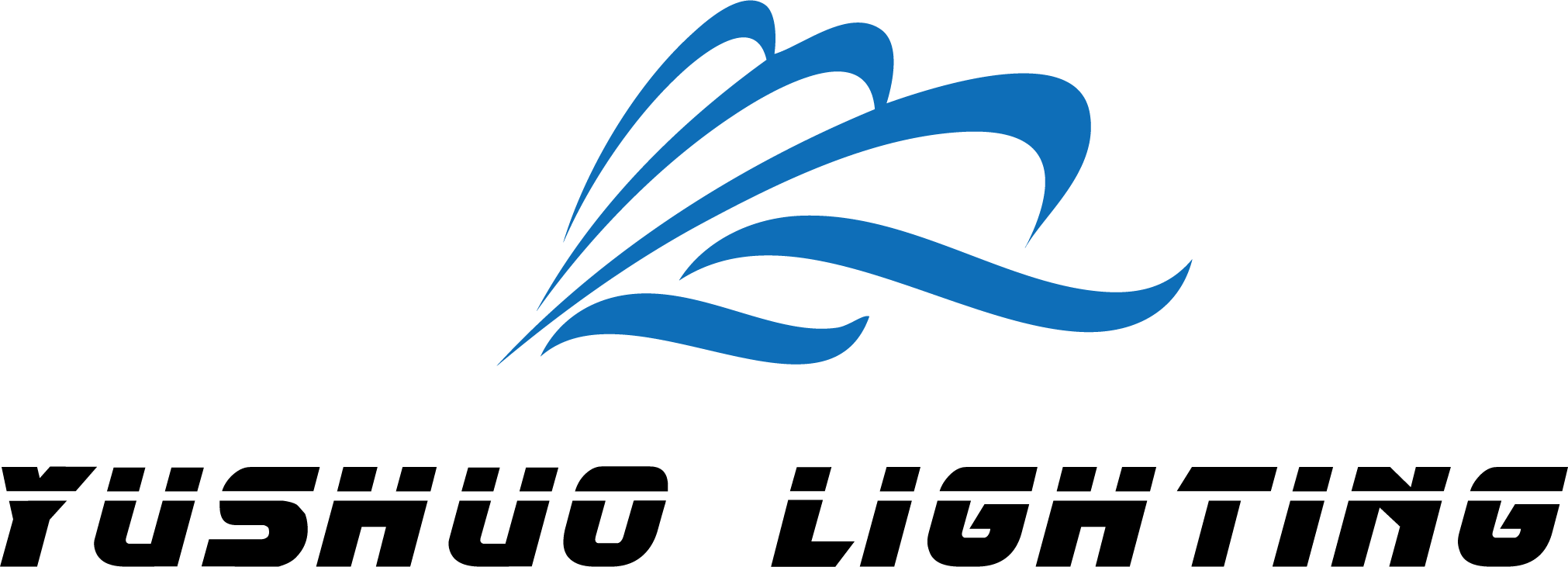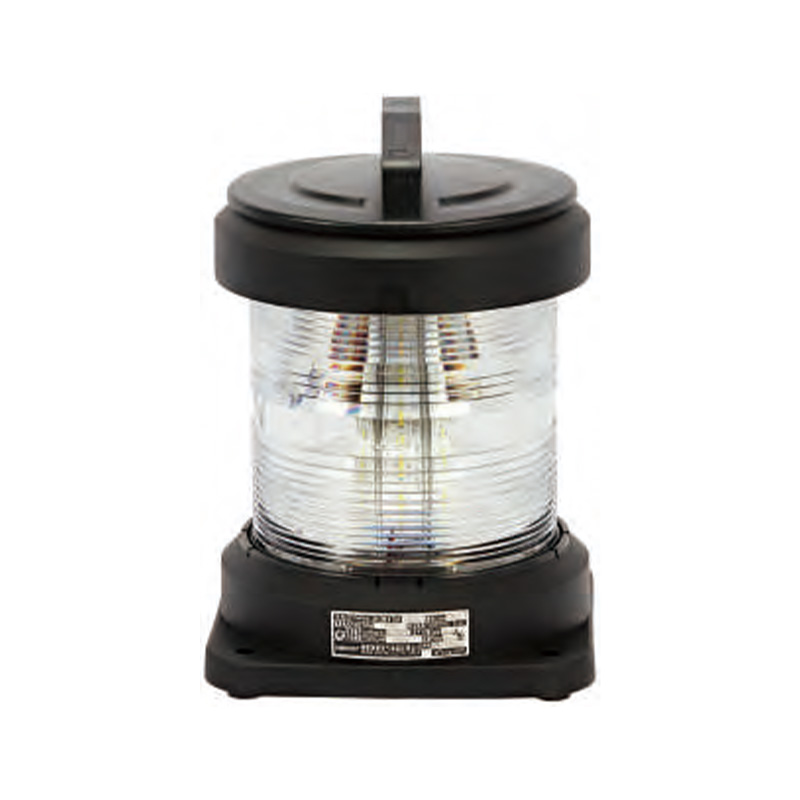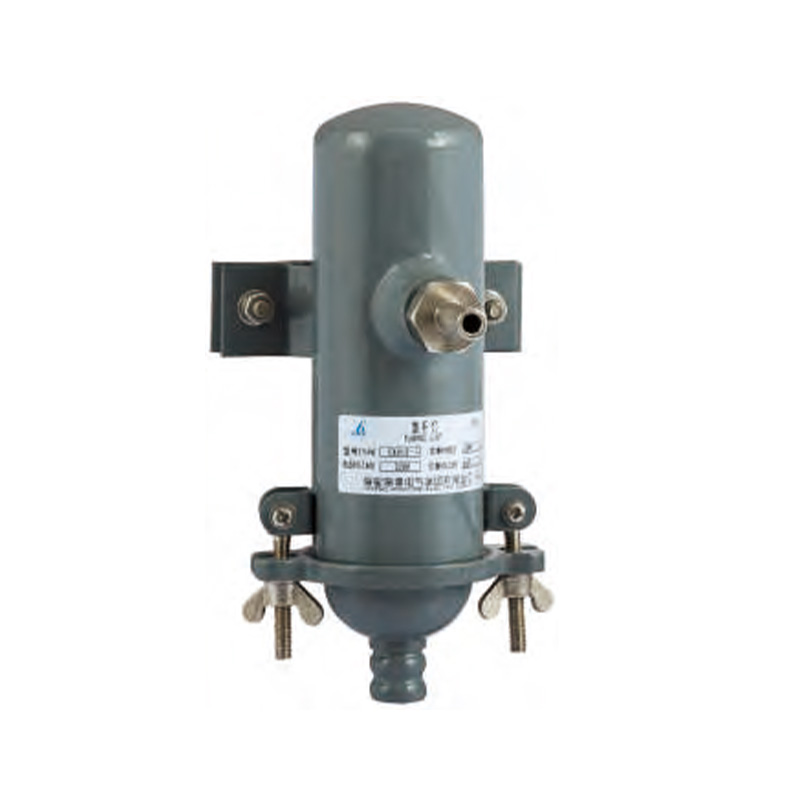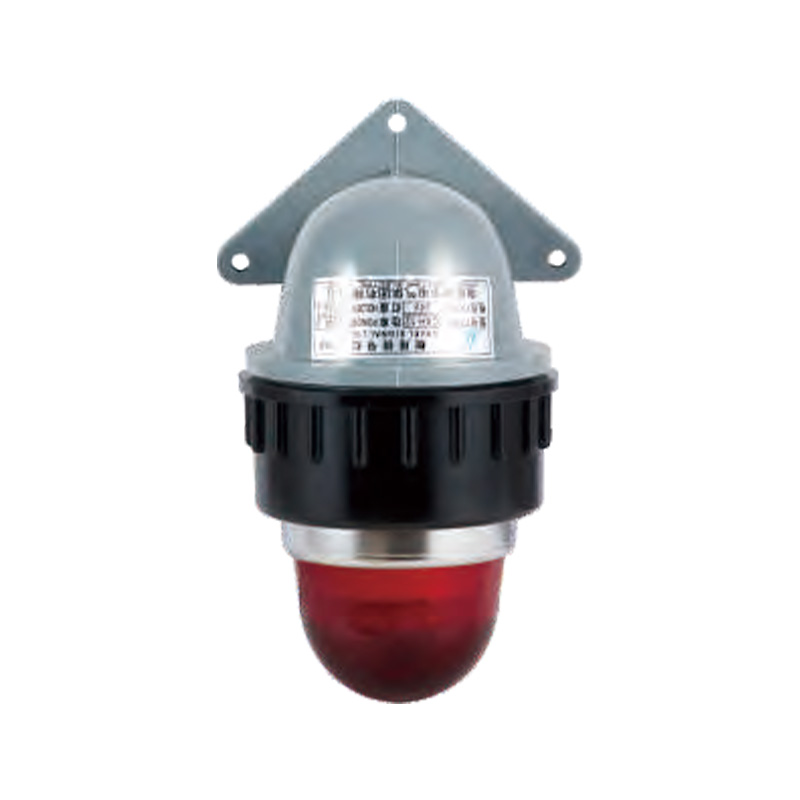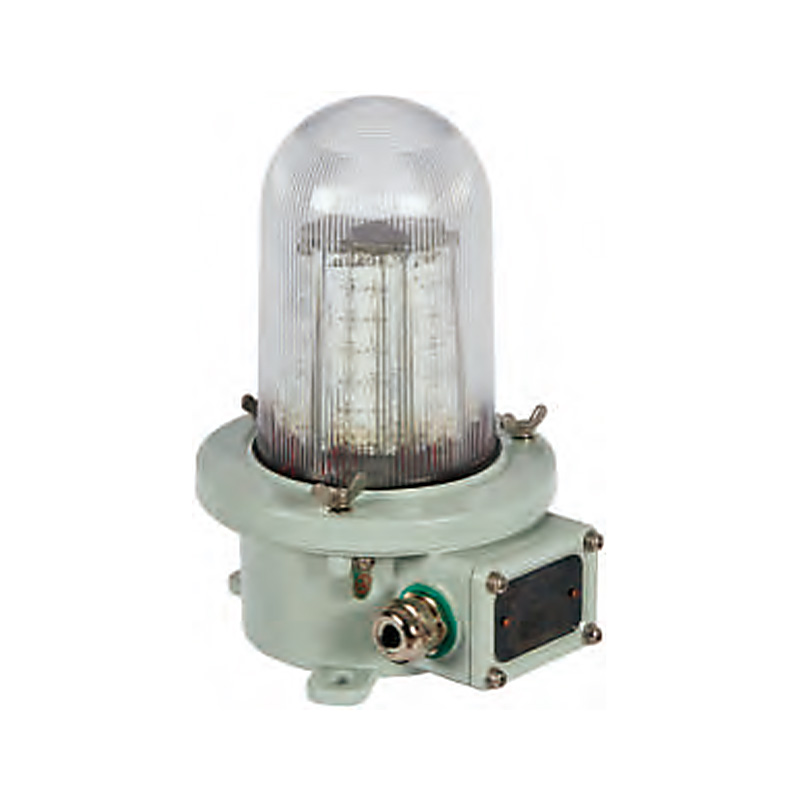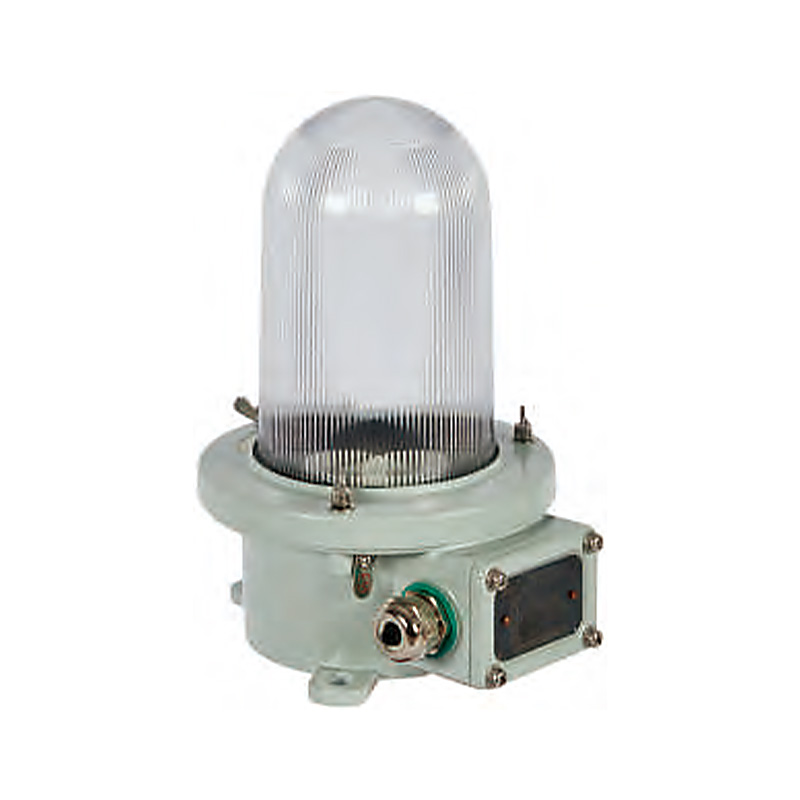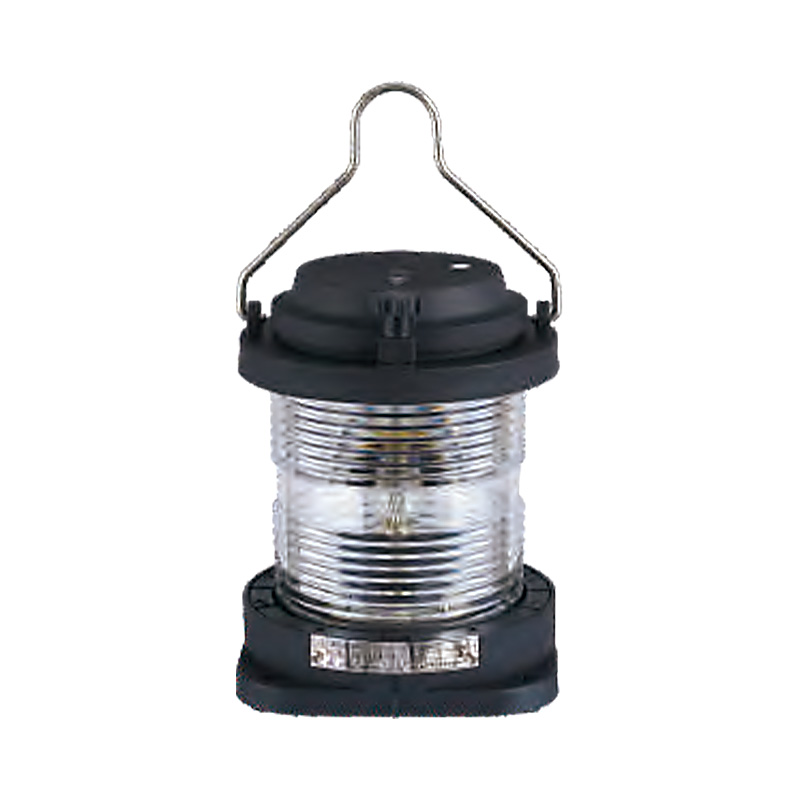How to Enhance Shock Resistance in Marine Navigation Lights
Marine navigation lighting is essential for ensuring safe vessel operation, particularly in environments with rough seas and vibrations. These lights must be able to withstand the constant movement and stress in marine environments, without compromising on visibility or reliability. Shock resistance is one of the most important factors that contribute to the durability and long-term performance of marine navigation lights. This article examines the importance of shock resistance for navigation lights, the challenges in improving shock resistance and the most recent technological innovations that have been used to enhance this feature.
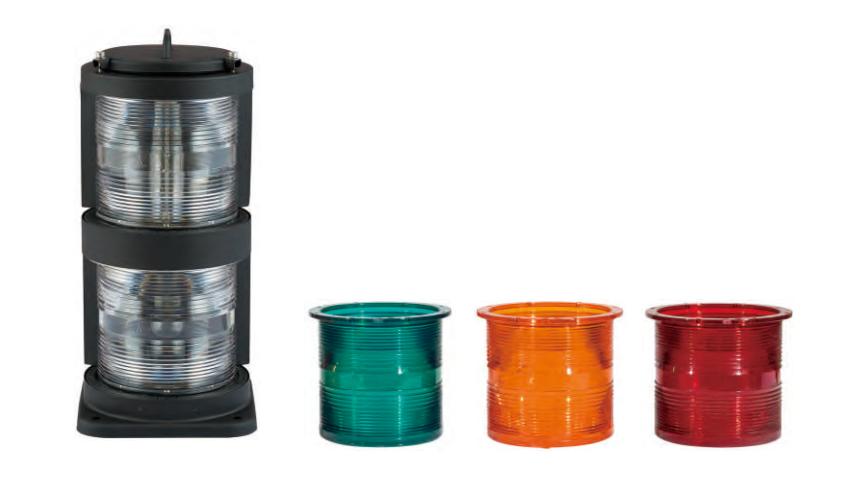
Table of Contents
The Importance of Shock Resistance in Marine Navigation Lights
1. Ensure Operational Reliability
The primary reason for placing emphasis on shock resistance is to ensure the reliability of marine navigation lights. Navigation lights not designed to resist physical stress, such as the rolling of a ship, vibrations caused by the engine or rough seas, can be damaged. Unstable navigation lights, such as those with cracked lenses, loose wiring or damaged LED circuitry can compromise vessel safety and violate international maritime laws.
These lights are built to withstand these stresses and maintain a consistent performance in adverse conditions. They can withstand sudden impacts such as docking and rough waves. This allows them to continue working when visibility is critical.
2. Enhancing safety for Crew and Other Vessels
In any maritime operation, safety is paramount. Reliable navigation lights are essential to safeguarding the crew on board the vessel as well as other vessels in the vicinity. Navigation lights are essential for avoiding collisions in low-light conditions or darkness. Shock or impact can cause a navigation light to fail, making a vessel invisible and potentially dangerous.
The shock resistance of navigation lights prevents such failures. This ensures that the light is visible to other ships and functions correctly when it’s needed. The position and clarity of navigation lights are important for collision avoidance, particularly in areas with heavy traffic or bad weather.
3. Reduced Maintenance and Cost-effectiveness
Frequent maintenance, repairs or replacements of navigation lights can be expensive, especially if a light is unable to withstand shocks. The location of vessels can make it difficult to replace damaged equipment.
By investing in shock-resistant navigation lights, boat operators can reduce their maintenance costs significantly. These lights will last longer, and they require less frequent maintenance. This reduces downtime and the requirement for spare parts. Shock-resistant lights also tend to be more durable, resistant to corrosion, and less susceptible to wear and tear. This makes them a cost-effective option in the long run.
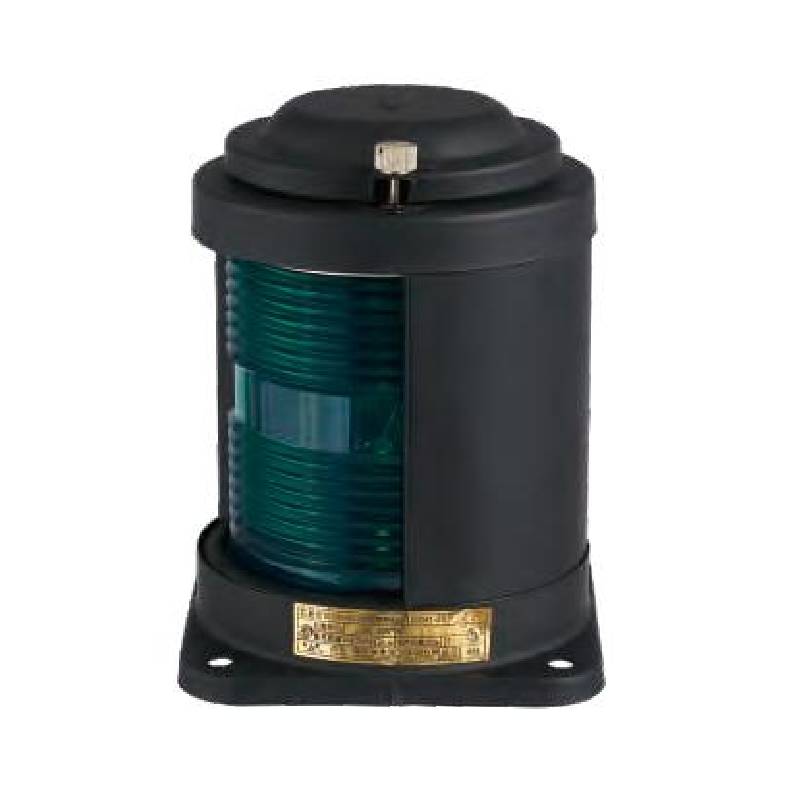
5. Compliance with Maritime Regulations
Maritime safety regulations are strict, such as the International Maritime Organization’s (IMO) regulations or the International Regulations for Preventing Collisions at Seas (COLREGs), that require all vessels to display the appropriate navigation lights. These lights have to remain visible and functional in a variety of environmental conditions including rough seas, strong winds and docking impacts.
The ability to withstand shock is essential for ensuring that the navigation lights on a vessel meet all regulatory requirements. Manufacturers can help to ensure their lights continue to function as per these standards by enhancing the shock resistance. This will minimize the risk of noncompliance with the law and its associated consequences.
6. Extended Service Life and Durability
Marine navigation lights can be affected by a variety of environmental factors. Over time, saltwater exposure, UV rays from the sun and temperature fluctuations all contribute to degradation. These factors are not the only ones that can cause wear and tear. Waves, vibrations and accidents while docking also add to this.
Manufacturers can extend the life of navigation lights by designing them with improved shock resistance. The use of materials and construction techniques that offer better protection against mechanical stress will ensure that lights last longer. This reduces the need to replace them early. The lights are more valuable over their lifetime and contribute to the sustainability of maritime operations.
7. Maintaining Visibility Under All Conditions
Marine navigation lights need to be reliable in all conditions, including in the bad weather at sea. The shock-resistant navigation lights ensure visibility even in the harshest marine conditions. It is important for ships operating in remote locations, in storms or on busy shipping routes to be able to maintain constant light output despite the harsh environment.
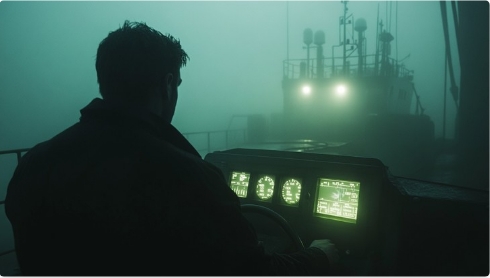
Challenges in Enhancing Shock Resistance in Marine Navigation Lights
| Challenge | Description | Impact on Design |
| Protecting Sensitive Components | Internal components such as LEDs, wiring and drivers are susceptible to shocks and impacts. | Damaged components may cause the light to malfunction, reducing its effectiveness and requiring expensive repairs. |
| Balance Weight and Strength | The materials must be strong enough to resist shock, but lightweight enough to allow for easy handling and installation. | Insufficient strength or excessive weight can cause failure. |
| Maintaining Waterproofing and Corrosion Resistance | The design must be shock-resistant without compromising the ability to be waterproof of navigation lights and corrosion resistant, especially in marine environments. | A lack of sealing can lead to water intrusion, which could cause electrical failures or corrosion. |
| Material Fatigue | The continuous exposure to mechanical stresses can lead to fatigue of materials that leads to cracks and fractures. | Fatigue can reduce the lifespan of lights, making them less reliable. This could increase maintenance costs. |
| Impact of Marine Environmental Stress | Temperature fluctuations, exposure to saltwater, UV radiation and humidity are all part of the marine environment. | The materials can be affected by these factors, affecting the shock resistance and durability of the light. |
| Ensuring Long-Term Durability | Design for shock resistance, without compromising the operational life or performance of the light over time. | If you fail to balance shock resistance and longevity, your lights may break or need frequent maintenance. |
| Customization Complexity | Each vessel will experience different levels of vibration and shock, which requires tailored solutions. | Customization complicates the design process, and therefore increases production costs. |
| Cost vs. Performance | The cost of manufacturing increases when you use higher-quality materials and designs that are shock resistant. | Even though expensive materials and technologies are often necessary, they may not be worth the cost for vessels with smaller budgets or smaller sizes. |
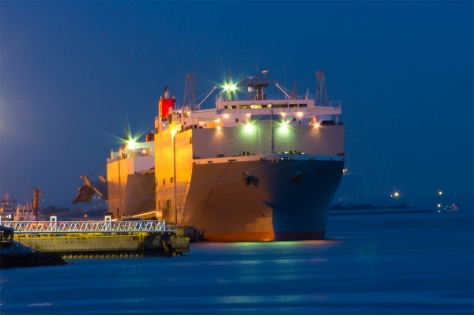
Key Strategies for Enhancing Shock Resistance in Marine Navigation Lights
1. Choosing Durable Materials to Withstand Impacts
Selecting materials that are durable and able to withstand the constant vibrations and impacts typical of maritime operations is one of the most important factors for enhancing the shock-resistance of marine navigation lights.
This chart highlights the properties and advantages of key materials that are used in marine navigation lighting in terms of shock resistance.
| Material | Properties | Advantages | Common Application |
| Polycarbonate | Lightweight, high impact resistance and optical clarity. Resistant against UV radiation and weathering. | It can absorb energy from impacts without breaking or cracking. Maintains light transmission even after impacts. | Material for the lens and housing of navigation lights. |
| Acrylic PMMA | UV-resistant, lightweight, highly transparent and UV resistant. It is more brittle but offers a good impact resistance. | It provides a high level of visibility and a moderate impact resistance. | Lenses and covers to make lights more beautiful. |
| Fiberglass-Reinforced Plastics (FRP) | Combining the strength and flexibility of plastics with the weather resistance of fiberglass. It is resistant to UV damage and impact. | It is resistant to both mechanical shocks as well as environmental stresses. | Housing and structural components designed for harsh conditions |
| Aluminum Alloys | Highly corrosion resistant, lightweight, and strong. Due to its strength and weight balance, it is commonly used in marine applications. | It is resistant to both saltwater corrosion and impact. Ideal for external structural elements. | Frames, mounting brackets and structural housing. |
| Stainless Steel | It is very strong, resists corrosion and retains its structural integrity even under pressure. Costlier but more durable. | Highly resistant to mechanical impacts as well as corrosion. This ensures long-term performance even in saltwater environments. | Installing frames and mounting bases. |
| Rubber (Silicone, Neoprene) | Flexible, shock-absorbing and resistant to extreme temperatures and UV rays. Cushioning is provided around the components. | Protects sensitive internal components by absorbing shock and vibration. | Seals, vibration dampening mounts and protective covers. |
| Reinforced Nylon (Polyamide) | Durable, strong, and resistant to wear. High temperature, chemical, and impact resistance. | It is able to absorb mechanical stresses without breaking. | Housing and structural internal components for light housing |
| Glass-Filled Polyester | Material with high strength, good environmental protection and UV resistance. | It is heavier than other plastics, but it offers superior durability and impact resistance in harsh environments. | Housing components for industrial lighting. |
| Composites of Carbon Fiber | Highly resistant to fatigue, extremely lightweight and strong. High strength-to weight ratio. | Lightweight and provides superior shock resistance. | High-performance marine navigation lights. |
| High Density Polyethylene HDPE | Tough, resistant to chemicals and abrasion. Low-maintenance and UV-resistant. | Ideal for outdoor use and excellent impact resistance even at low temperatures. | Housing and outer components for navigation lights. |
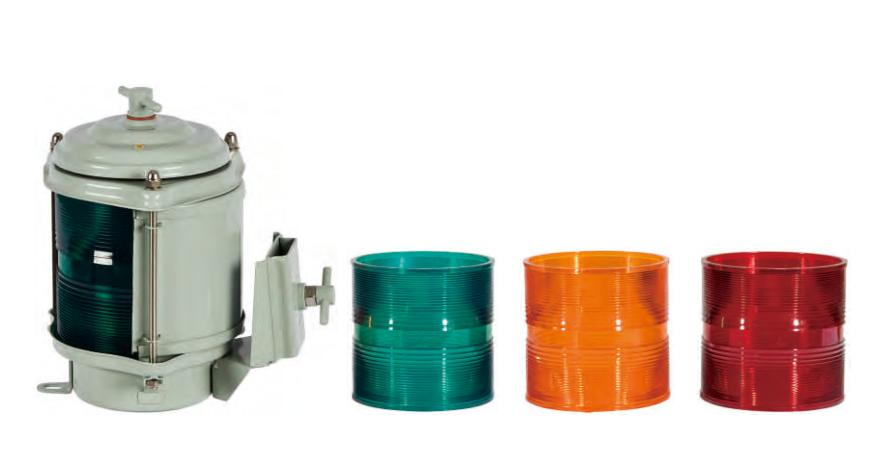
2. Vibration-Dampening Mounting Systems
Marine vessels are subjected to constant vibrations caused by engine noise, waves, and other external forces such as rough weather. If the vibrations are not isolated, they can spread through the structure of the boat and affect navigation lights. Integrating vibration-dampening mounts is a key strategy to enhance shock resistance.
These systems use rubber or silicone as a material to isolate the light and vibrations transmitted by the ship’s hull. Flexible mounts absorb the vibrations before they reach the light fixture. This reduces the risk of damage to the internal components. The sensitive electronics in the light such as the LEDs and drivers are protected.
These mounts not only reduce vibration but also the risk of damage caused by sudden impacts when docking or contacting objects. Combining shock-absorbing mounts with vibration isolation, the lights are able to withstand continuous stress as well as occasional shocks.
3. Shock-Absorbing Internal Protection for Electronics
Marine navigation lights contain internal components that are sensitive to vibration and shock. These include LED drivers, wiring and electrical circuits. Direct impact or constant mechanical stress may cause failure and affect the performance of the light. Manufacturers often include shock-absorbing material inside the light to protect these components.
To absorb shocks and vibrations, materials like silicone rubber and gel-based coatings can be placed around internal components. These materials protect the electronics by dissipating energy from vibrations and impacts. These shock-absorbing materials cushion sensitive components to increase the light’s resilience. They also help prolong its lifespan.
Manufacturers have created encapsulation technology in some advanced designs. This technology seals critical components inside a shock-absorbing material to protect them further from external forces. The internal electronics of the light are protected by this protection, ensuring that the light will continue to function even if it is hit with a sudden impact.
4. Enhanced Sealing and Waterproofing
Marine navigation lights are not only required to be shock resistant, but they must also withstand the harsh conditions of the ocean, such as exposure to salt and water. Lights that are shock-resistant must also have enhanced waterproofing and sealing systems. This will prevent water from getting into the light fixture, and damaging its internal electronics.
Rings, silicone seals and gaskets are used to create an airtight barrier that prevents moisture or saltwater from causing electrical failures or corrosion. UV-resistant coatings can also be applied to the housing and lens to protect them from the harmful effects of prolonged exposure to sunlight. These coatings protect materials from degradation caused by UV rays.
Combining shock resistance with waterproofing, marine navigation lights are not only able to remain functional after an impact but they also maintain their performance even in a harsh and corrosive environment. The dual protection of these lights is essential for their longevity and reliability.

Tests for Shock Resistance in Marine Navigation Lights
This chart summarizes the different methods of testing used to ensure shock resistance in marine navigation lights. Each test addresses a particular aspect of shock resistance. This helps marine lighting manufacturers ensure that their lights can withstand the harsh demands of the maritime environment.
| Testing Method | Description | Purpose |
| Vibration Endurance Testing | The test simulates the continuous vibrations that lights might experience when installed on moving vessels. The vibration frequencies and amplitudes of the test are changed to determine the durability of the light. | Ensure the light is functional and unaffected by constant engine vibrations and waves. |
| Drop Impact Testing | The lights are dropped from a height to simulate impacts during docking and rough sea conditions. | Assess the light’s resistance to sudden shocks and impacts. |
| Shock Pulse Testing | The light is exposed to high-intensity, short shock pulses that simulate sudden impacts, such as collisions and rapid movement of the vessel. | Test the light’s capacity to absorb high impact forces without compromising its internal components or performance. |
| Rotational Shock Testing | The light is rotated and subjected to sudden jerks in order to simulate the stress caused by sudden changes in vessel directions, such as those that occur during maneuvers. | It is important to evaluate the way the light reacts to sudden changes in direction and ensure its structural integrity. |
| Environmental Stress Testing | Test the durability of the product by simulating prolonged exposure to environmental factors like saltwater, UV radiation and humidity. | It is important to ensure that the light will remain shock resistant over time, even when exposed to harsh marine environments. |
| Temperature Shock Testing | The lights are subjected first to extreme temperatures and then to shocks to test the performance of their thermal stress in combination with mechanical shock. | Assess the performance of the light under rapid temperature changes, which are common in marine environments. |
| Cyclic Shock Testing | The lights are subjected to repeated shock exposure cycles, which alternate between pulses of high intensity and periods of rest. | Simulate long-term exposure of repeated mechanical stress to evaluate the light’s durability. |
| Waterproofing and Pressure Testing | To ensure no water intrusion occurs when testing shock resistance, the light is submerged under pressure in water. | Verify that the seals and housing are still waterproof after being exposed to shock. |
| Real World Operational Testing | The navigation lights are mounted to a test boat and exposed to real-world operating conditions including rough seas, vibrations and impacts. | Assess the performance of the lights under real-world operating conditions to ensure their effectiveness on the field. |

Continued Innovations and Future Trends in Enhancing the Shock Resistant of Marine Navigation Lights
1. Smart Technologies for Real-Time Monitoring and Maintenance
Smart technologies are being increasingly integrated into marine navigation light systems as the maritime industry embraces automation and digitalization. Incorporating real-time monitoring system that tracks the performance and condition the lights is one of the future trends for enhancing shock resistance.
The sensors can detect the mechanical stress that the lights experience during operation. These sensors provide real-time feedback to allow operators to detect whether a light is being subjected to excessive vibration or shock, which may lead to failure. The control system of the vessel can receive alerts, which prompt immediate maintenance or replacement.
Predictive maintenance will also become more popular. A sophisticated algorithm can use the data from the sensors to analyze the stress history and predict when the light might require servicing based on wear and tear. This approach ensures the lights are in top working condition and helps to avoid any unexpected failures. It also increases safety and efficiency.
2. Customization through 3D Printing
The use of 3D-printing technology is another significant improvement in shock resistance for marine navigation lights. This innovative method allows manufacturers to create shock-absorbing components tailored to specific operational requirements and environments. Manufacturers can create precise internal shock-absorbing structure that fits perfectly around sensitive components. This ensures better protection against mechanical stress.
3D printing is not only used to create custom shock-absorbing parts, but also for rapid prototyping. This allows manufacturers to test new designs and refine them much more quickly than they could with traditional methods. It is possible to experiment and iterate quickly with new materials, structural features and designs. This allows for continuous innovation of the shock resistance in marine navigation lights.
3. Integration of Energy-Efficient LED Technology
Due to its durability, energy efficiency and longevity, LED technology is now the industry standard for marine navigation lighting. LED navigation lights are more resistant to mechanical stress than traditional incandescent lights, which have fragile filaments that can break under vibration. The future of shock resistant navigation lights is likely to feature more robust LED designs with improved encapsulation to protect against vibration and shock.
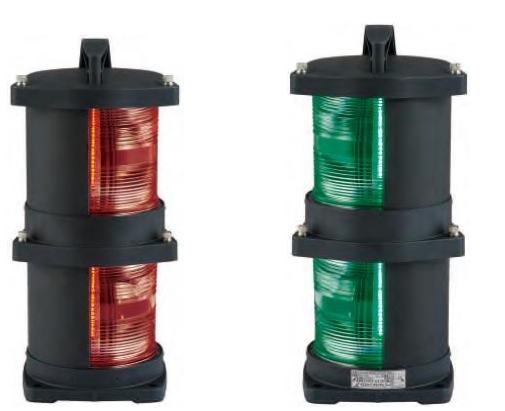
LEDs are increasingly paired with intelligent control systems, which can adjust light intensity according to environmental conditions. The brightness of LED marine navigation lights could, for example, be increased automatically during bad weather conditions or decreased when visibility is high. The integration of energy efficient LEDs and real-time data about the environment will improve the overall functionality of the lights and their energy efficiency.

4. Active Vibration Control Systems
Marine navigation lights will experience more vibrations as vessels evolve, with higher speeds and more powerful engines. Active vibration control systems will be an important feature of future shock-resistant navigation light designs to address this problem. Active vibration control systems are more effective than passive vibration dampening systems that rely on rubber or other materials to absorb vibrations. They use sensors and actuators that actively adjust and counter vibrations in real time.
These systems detect vibration frequencies and then adjust the mounting position of the light or its internal structure to reduce the impact. Active vibration control can improve marine navigation lights’ shock resistance, particularly on ships or high-speed vessels operating in rough waters. These systems adapt to the changing environment and ensure that lights are stable.
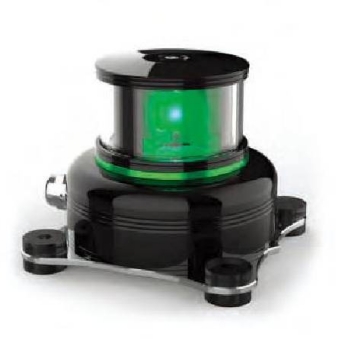
Summary
Marine navigation lights must be designed to have a high level of shock resistance, which is important for vessels to remain visible in any condition, including the most challenging environments. Manufacturers are constantly improving the durability and performance of navigation lights. Through using advanced materials and modern design techniques. These innovations, which focus on shock resistance, ensure that marine navigation light not only meets regulatory standards, but also can withstand the rigors of the sea.
